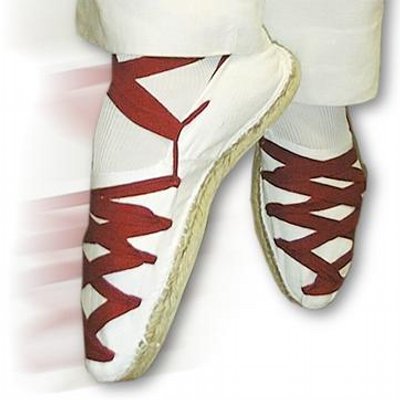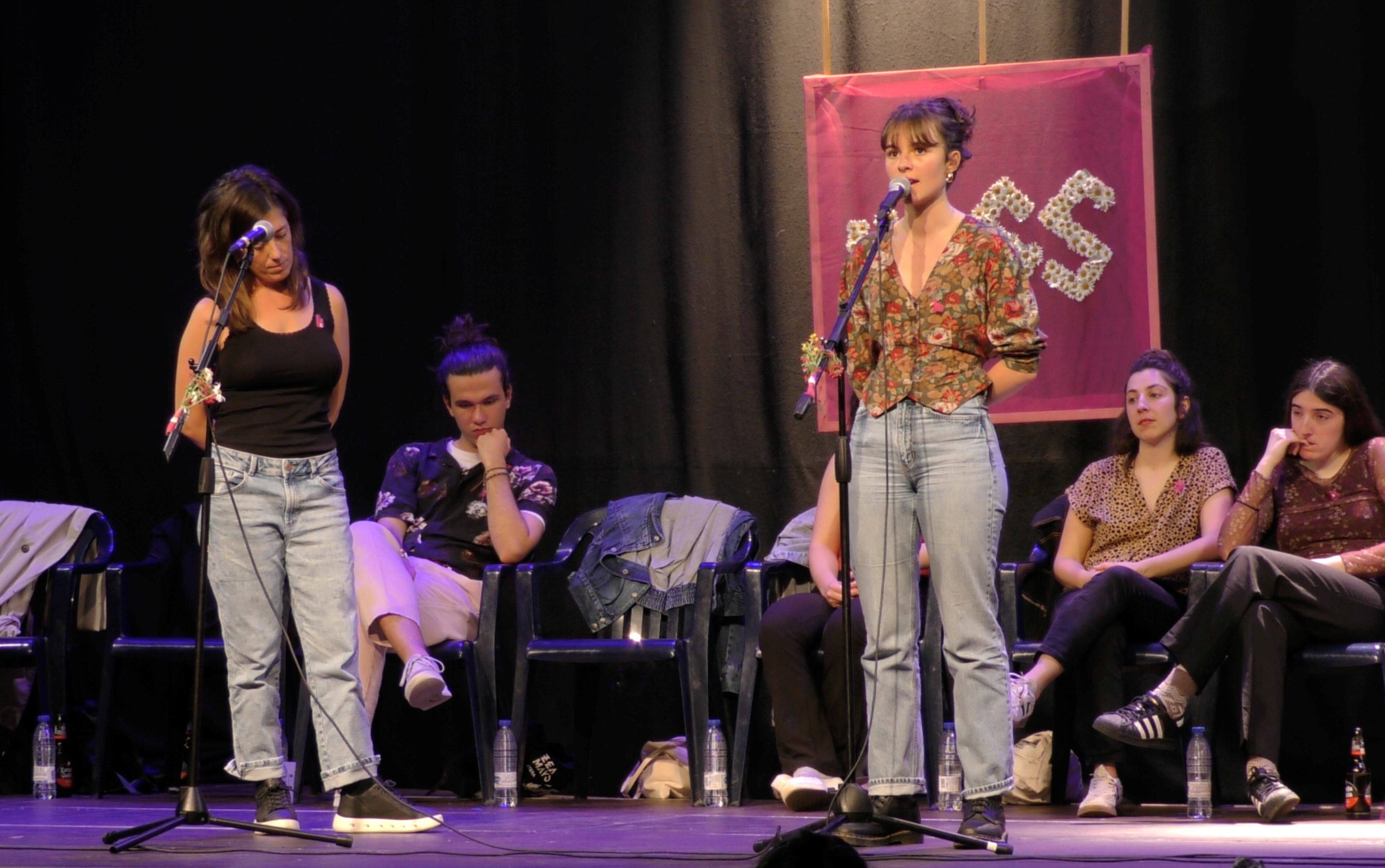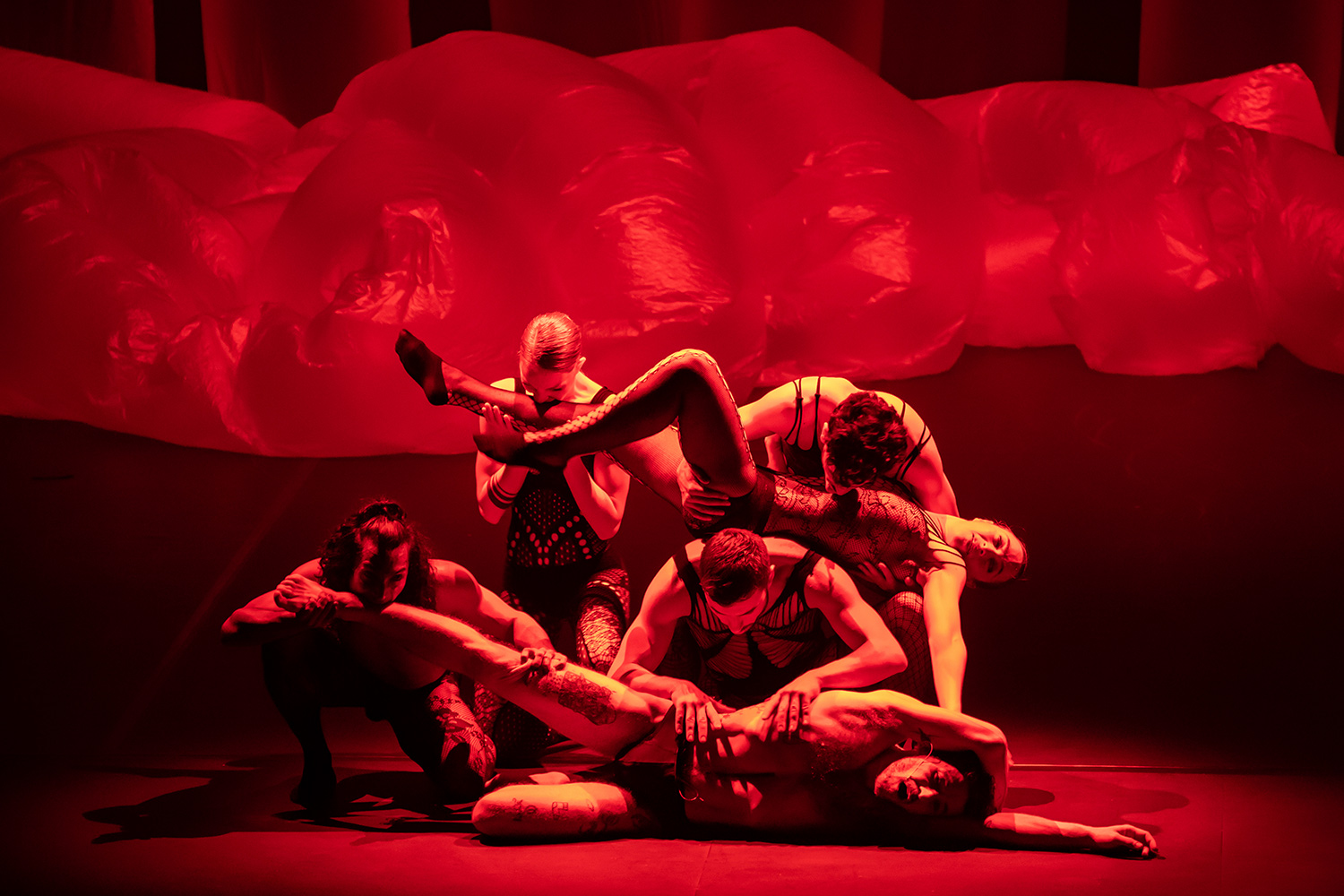Autism as a bridge of communication and body and musical relationship
- We've heard joyful rhythms and melodies at the end of the hall. We've come to the continuous music room, but the tables are separated to one end, today it's a ballroom. Several people dance: back and forth, left, right, eating cookies and flying, dancing.

“We are at Gautena Day in Azpeitia, today it plays the dance class, as every Tuesday afternoon. As you can see, we were all very happy and we tried to work on coordination above all,” welcomed one of the Gautena educators, Julen Irure.
Gautena is a partnership of families of people with spectral disorders of autism. In Azpeitia (Gipuzkoa) the association offers an Adult Center, where people who use it have a dance class every Tuesday with dance teacher Uxoa Ibarreta: “It’s been a challenge for me. We work a lot more than dance. We look at the body. To express what we have inside, dance serves everyone to get out what's out. Above all, the head works a lot.”
Relating, communicating
We have claimed on more than one occasion that dance is a body language, another communication instrument, and we have ratified it today. Many of the people involved in the dance class have some difficulties in speaking, but thanks to dance we have understood without problems.

Julen Irure explains that, in addition to the people of Gautena, other people come to these afternoon classes, “dance is another communication tool for us. In addition to those of Gautena, other people from Azpeitia come to the classes, it would be an inverse inclusion. Thus, we expand the network of relationships through dance; dance is a way to relate.”

Classes started three years ago. Initially with a group, but seeing the good answer, two groups are formed today. “The joy that transmits the success of the dance is achieved through different movements,” explains Irure.
Uxoa Ibarreta began studying ballroom dancing at the age of ten, currently working in the dance and teaching of Latin dances. These dances and music are their working language, “I want to show you the rhythms, music and the world I know so much.” The communicative language is dance, they understand perfectly in dance, “it doesn’t give, but dance helps a lot. With few things, through simple and semi-fun movements, with known and unknown music.”

Body and mental care
Dance, besides being a means of communication and relationship, is an excellent way of caring for the body and mind. In general, Ibarretxe believes that the body is not working as much on a daily basis. He believes it is necessary for everyone, “so it is important to have an hour a week to have fun working on the whole body.” He says they serve to know the body and work coordination: “We move with dance and we know the body parts. They have learned to move slowly what they didn’t know how to move at first, and the mind also works hard at dancing.” Ibarreta tries to make small choreographies, usually in front of him by imitation, “I stop them and I explain the steps for them to internalize them, and at the beginning they know what we are going to do. In the end, imitation and memory are exercises.”

Irura explains that, in addition to putting the body and rhythm in the middle, they do yoga and music classes in Gautena. “We believe that coordination work is done through dance and we want to maintain it. All parts of the body are used through music and working movements. In yoga we seek stretches of body parts, muscle relaxation, self-control... In music, like dance, coordination is working. We mostly use percussion, because the basis of our musical classes is rhythm.”

We've read that people with autism have limited interaction with society, communication problems or limited activities and interests, but we could say that in a one-hour dance session we've all turned around those obstacles. We have made new relationships, we have moved the body in rhythms and melodies that are not especially everyday for us, we have left the routine and for an hour we have been dancing without being able to remove the smile from the face, the joy is contagious and the dance is an unbeatable transmitter.
Azaroan estreinatu zuen bere lehenengo lana Nagore Tamayo dantzariak (Tolosa, 2000): Nondik abiatu inora izena du, eta Natalia Belén dantzariarekin batera gorpuztu du. Bere herrian egin dugu hitzordua, Zumardi Handian.
Festa egiteko musika eta kontzertu eskaintza ez ezik, erakusketak, hitzaldiak, zine eta antzerki ikuskizunak eta zientoka ekintza kultural antolatu dituzte eragile ugarik Martxoaren 8aren bueltarako. Artikulu honetan, bilduma moduan, zokorrak gisa miatuko ditugu Euskal Herriko... [+]
The idea that we in the dance world often repeat is that dance is ephemeral. The Elhuyar dictionary gives as a counterpart to "ephemeral" English: ephemeral, destructive, perishable, ephemeral, ephemeral, perishable, perishable, ilaun. I don't remember who I first read that idea... [+]
Moor Krad
By: Ertza company.
When: 3 October.
Where: In the Muxikebarri room of Getxo.
---------------------------------------------
Two years later I met the work Moor Krad, in which members of the company Ertza created and premiered the piece. So in 2022, I tried to... [+]





















